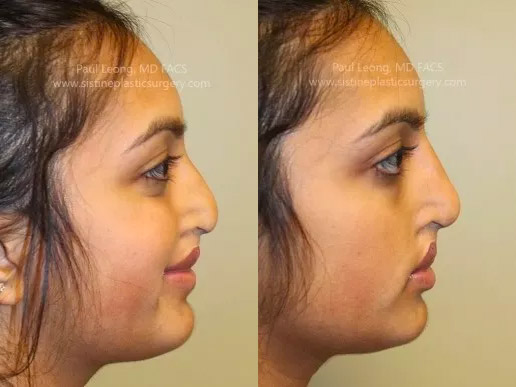
Know what to expect before having a breast procedure. Your medical history, allergies, drug use, and other health conditions will be examined by a breast surgeon. He will also ask questions about your family history with breast cancer, your mammogram results as well as your weight and if you have had any surgeries in the past. He will also ask about pregnancy or weight loss and the reason behind the surgery.
A mammogram
A mammogram should be done before a woman plans to get a bra implant. This procedure, called mammography, produces images of the breast tissue in black and white. These images are then examined by a radiologist. A mammogram can prove to be very useful in diagnosing breast cancer.
It can be uncomfortable to have a mammogram done with breast implants. The technologist will push the implant up against your breast tissue. Most patients experience very little pain. People with scar tissue can experience more discomfort. The technologist will work alongside the patient to minimize discomfort.

Breast implant-bearing ladies are eligible for screening through the BC Breast Screening Program. Women who are 40 years or older can schedule a mammogram at no cost. They also need to wait at least one year after finishing breastfeeding before they can undergo another screening mammogram.
Getting a silicone gel implant
Even though silicone gel breast implants look simple and straightforward, there is a lot at stake. These risks include increased pain and muscle weakness, fatigue, connective tissue disease, and increased pain. These symptoms may last for years, so it is important to be aware of these risks before you consider having this procedure.
Regular mammograms and ultrasonograms are necessary for silicone gel implants. These tests will detect possible issues with your implants. If they show that they have ruptured, your surgeon will have to remove the implants. This could make breastfeeding difficult. It is also recommended that women who have implants undergo regular MRIs to monitor their implant health. The silicone gel implant should be able to last for several years.
Silicone gel implants feel more like breast tissue. It is viscouser than saline, and has a more natural appearance. If you are older than 22 years, you may be eligible for a silicone gel implant in your breasts.

The procedure to have a saline implantation
Because they are filled using a solution that is absorbed in the body, saline implant are less noticeable. In addition, they are easy to change size, since surgeons can simply insert a new saline syringe into the implant's valve. They are easier to modify than silicone implants and require fewer surgical incisions.
Saline breast implants have a higher chance of infection than other types. Injecting saline directly into the breast can result in contamination of the breast tissue. This can lead to an infection. Additionally, large needles are required to traverse a lot of skin and blood vessels. This can cause discomfort and some bruising. Multiple injections may also cause the skin to become stretched.
Saline breast implant can also rupture. This happens when silicone around the implant ruptures, releasing the solution. The affected breast will change in shape due to the leaking solution. The silicone shell will eventually need to be taken out and replaced.